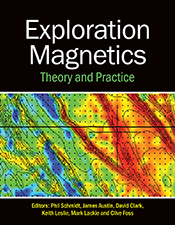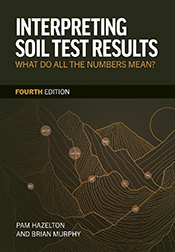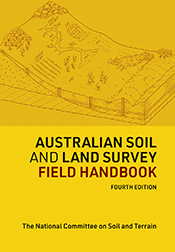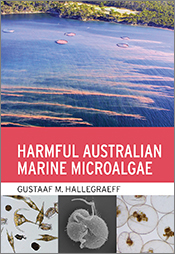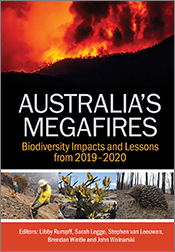Lake Eyre Basin Rivers
Environmental, Social and Economic Importance
Edited by: Richard KingsfordOutlines the environmental, social and economic values of the rivers from a diverse range of perspectives.
Water is scarce in the Lake Eyre Basin in the heart of Australia. The region goes through natural cycles of boom and bust, and the flooding of the basin rivers is accompanied by spectacular responses from wildlife and vegetation. However, the Lake Eyre Basin faces the threat of diversion of water from rivers and wetlands and development of floodplains for irrigation and mining. Around the world, such water resource developments have caused widespread degradation of rivers and loss of habitats. + Full description
Lake Eyre Basin Rivers outlines the environmental, social and economic values of the rivers from a diverse range of perspectives, including science, tourism, economy, engineering, policy, Traditional Owners and pastoralists. It describes the current state of the environment and the past and ongoing threats to the river systems, drawing on stories from the Murray-Darling Basin. It also provides direction for ensuring that the rivers remain free-flowing to service the environment and future generations.
This book is a valuable reference for environment and government agencies, industries and policy-makers concerned with the region and will be of interest to the communities of the Lake Eyre Basin.
- Short descriptionReviews
"This book serves as a reminder of the diversity, complexity and importance of our central Australian river systems. The publication is bookended by contributions from its editor, Richard Kingsford. These two are the real gems for those less familiar with this river basin... the opening piece, The Lake Eyre Basin - one of the world's great desert river systems, is a fascinating and accessible examination of the geomorphology of the basin and its boom and bust flows."
Anna Hind, Geographical Education 31, 2018
"Through the many ‘voices’ involved, this book presents a ‘collective story’ synthesizing research, knowledge and practical experiences relevant to the LEB’s environmental economic, social and cultural importance; it also provides valuable pointers to further readings."
Jennifer Bellamy, Australasian Journal of Environmental Management 26(1) 2019
"The contributors emphasize the vital significance of shared responsibility, stewardship, custodianship, community and wise use to the catchment’s management. As champions of this culture in the basin, this collection is a declaration of their willingness to fight to protect its future, for it is their future too."
Ruth A. Morgan, Historical Records of Australian Science 31(1) 2020
Details
Paperback | December 2017 | $ 59.95ISBN: 9781486300785 | 272 pages | 245 x 170 mm
Publisher: CSIRO Publishing
Colour photographs, Illustrations
ePDF | December 2017
ISBN: 9781486300792
Publisher: CSIRO Publishing
Available from eRetailers
ePUB | December 2017
ISBN: 9781486300808
Publisher: CSIRO Publishing
Available from eRetailers
Features
- Examines the use and conservation of the Lake Eyre Basin rivers from a range of stakeholder perspectives
- Explores all dimensions of sustainability and provides a thorough analysis of the long-term threats to the rivers
- Outlines solutions for the future sustainability of the Lake Eyre Basin rivers, including the policy and legislative background
Contents
ForewordPreface
Acknowledgements
Contributing authors
Section 1: Natural history and ecology of the Lake Eyre Basin
1: The Lake Eyre Basin – one of the world’s great desert river systems
2: Water – where, when, how much? Challenges in understanding and managing flow in rivers of the Lake Eyre Basin
3: Fish distribution, status and threats in the rivers and springs of the Queensland Lake Eyre Basin
4: Natural flows drive the ‘boom and bust’ ecology of fish in Cooper Creek, an arid-zone floodplain river
5: Turtles of Cooper Creek – life in the slow lane
6: Developing the desert: potential effects on wildlife
Section 2: Cultural and socio-economic dimensions of the rivers
7: Connecting the champions of the Lake Eyre Basin Rivers
8: Looking after the rivers – a view from nearly 50 000 years of experience
9: Caring for our sacred waterways: learning from our past
10: River sustainability – essential for the livelihoods of landholders
11: Clean green beef – the importance of free-flowing rivers in the Lake Eyre Basin
12: A life living between a river and a creek
13: Kati Thanda-Lake Eyre, not just a wildlife paradise but an economic lifeline
14: When our rivers ran dry – 30 years of water resource development in the Murray-Darling Basin
15: A river and a livelihood – all but lost in a decade
16: Making a living from the Macquarie Marshes – coping with decisions upstream
17: 'Once more into the breach, dear friends…' – the ongoing battle for the Cooper
18: Wetland health in the Lake Eyre Basin – an economic perspective
19: Mining and the Lake Eyre Basin environment: past, present and possible futures
Section 3: Looking after the rivers
20: Sustainable management of the Lake Eyre Basin Rivers – regulate, educate or open the gate?
21: Water governance in Queensland: implications for wild rivers declarations in the Lake Eyre Basin
22: Sustainability for the rivers of the Lake Eyre Basin
Index
View the full table of contents.



